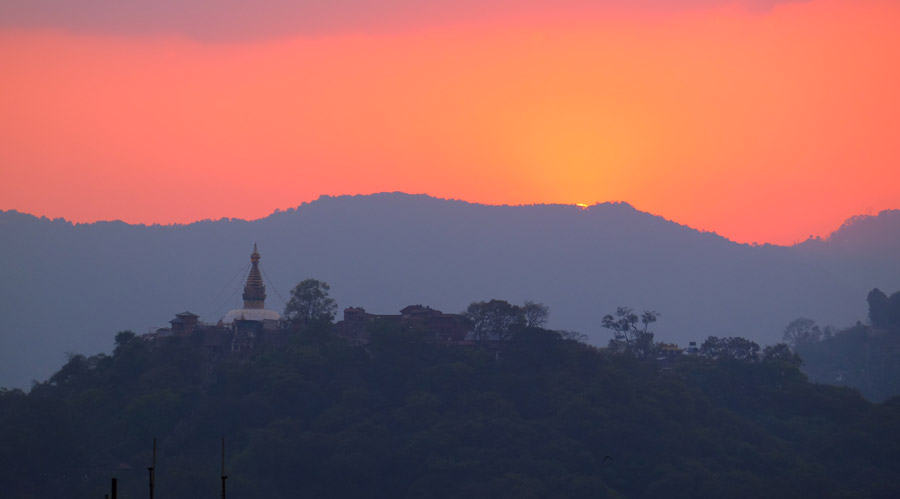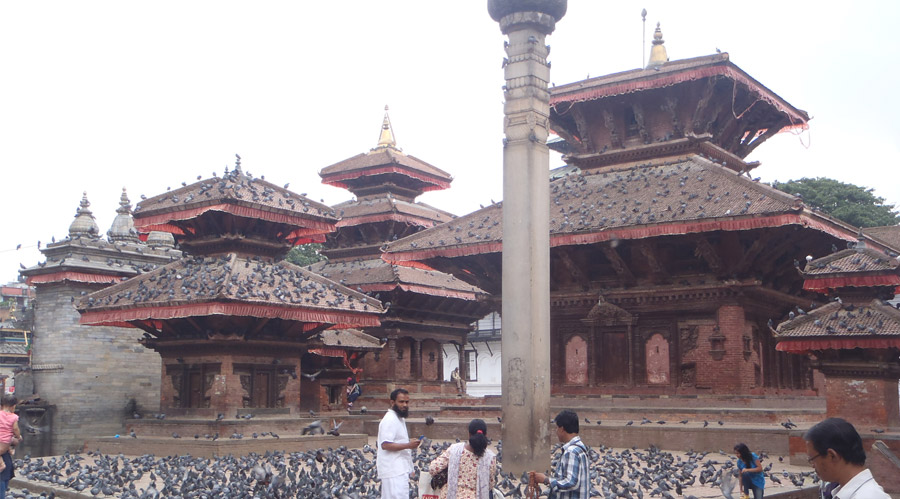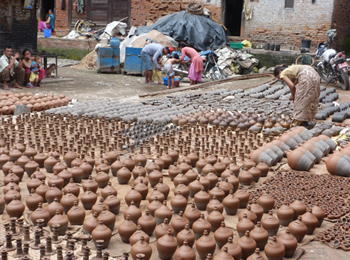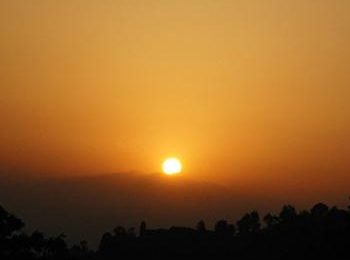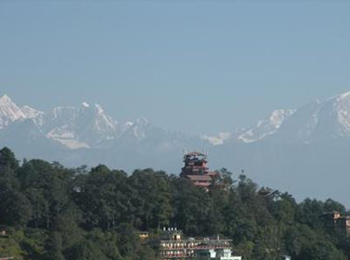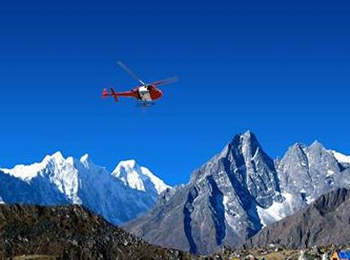- +977 9851074270
- info@mountainramadventures.com
Detail About Kathmandu Day Tour
Kathmandu has a square, which is not just another UNESCO World Heritage Site but steeped in history as well as a budding center, although refurbished and somehow repurposed, in the modern day Kathmandu. Its name, Kasthamandap (wooden house"), is the origin of the name Kathmandu. This is Kathmandu Durbar Square, which has been constructed and in active use since 1000 AD.
Nowadays, Durbar Square hosts many small fruit and vegetable vendors sheltered under pakodas and structures that are few hundred or a thousand year old. The Square attracts not only locals but many tourists interested in history and keen to experience the local food stuffs as well as witness some of traditions, such as burning candles and praying, that is happens on a regular and sometimes daily basis.
Main attraction in the Kathmandu Durbar Square include the following:
- Taleju Temple, the tallest of all structures on the Square, built by King Mahendra Malla in 1549 AD. This temple is open to the public for just one day during the Dashain festival each year.
- Jagannath Temple, built in the 16th century, is known for the fascinating erotic figures carved on its wooden struts.
- Kal Bhairav, one of the largest 17th century stone statues in Kathmandu, represents the terrifying aspect of Lord Shiva. Sweta-Bhairav, the temple that is open to the public just one day during Indra Jatra festival each year.
- 17th century Kumari Temple (the temple of Living Goddess), an example of highly developed Nepali craftsmanship and home to "the Kumari", or living goddess, a young girl; the temple is said to have been built from the timber of a single tree.
- Nautalle Durbar, the nine-storied palace.
There is another Durbar Square in the Kathmandu Valley, too. It's the Patan Durban Square. In many ways, as fascinating, and in some ways even more fascinating than even the Kathmandu Durbar Square, this Square hosts, among others, what is considered the best museum in all of Nepal. This museum not only hosts many historic statues from various Buddhist sites but also documents Buddhist history in very comprehensive manner. Located in the heart of Patan city, this Square was the historic seat for kings of Patan. The Square featuresa great display of Newari architecture,which had its pinnacle during the reign of Malla kings, great builders and patrons of the arts. The king's palace has three main courtyards: the central and the oldest is Mul Chowk. To the west of the complex are a dozen free standing temples of various sizes and built in different styles. A masterpiece in stone, the Krishna Temple, Bhimsen Temple, the Golden Temple of Hiranya Varna Mahavira and Sundari Chowk mark the artistic brilliance of the Newar craftsment of that era. The Sundari Chowk, which has a sunken bath of Tusha Hiti, showcases exquisite woodcarvings, stone and metal sculpture. Like the other palaces, Patan Durbar Square also houses a temple dedicated to Taleju Bhawani.
In addition to two Durbar Squares, below are some other important monuments to see in this are:
- The Golden Gate and golden windows of the old palace
- The famous Krishna Temple with 21 golden pinnacles.
- The bath with many carvings in stone at Sundari Chowk
- The Monkey Temple.
- The Taleju Temple.
- The temple of Bhimsen with a magnificent golden balcony overlooking the square.
- Char-Narayan temple, which features amazing sets of woodcarving portraits.
- Chyasi Dega.
- Manga Hiti.
- Mul-Chowk.
Bouddhanath
The 36-meter-high stupa of Bouddhanath is one of the largest Buddha stupas in South Asia. Due to its history, it is surrounded by many monasteries, and represents the center of Tibetan Buddhism in Nepal. Built in the shape of a mandala designed to replicate the Gyangtse of Tibet, the Bouddhanath stupa was renovated in the 8th century AD. The location of the stupa is interesting as it once lay on the ancient trade route to Tibet and provided rest and shelter to Tibetan merchants who offered prayers for centuries. Even today there is a strong Tibetan presence here as countless Tibetan refugees reside around this stupa. The canopy of the stupa has thirteen stages.
Trip Itinerary
Pick up from the hotel.
Drive to Patan
Patan to Bouddhanath Stupa by car
Bouddhanth to Pashupatinath Temple
Pashupatinath to Swayambhunath
Kathmandu Durbar square
An elevated point of 5416m. You will be mountain climbing in the main on well established trails. Come and join a Great adventure trip.
Cost Includes
- Car or Van
- English speaking tour guide.
Cost Excludes
- Entrance fee for sights.
- Lunch.
- Personal expenses.
- Tipping.

